- Established 1982 -HOME: www.hiltonpond.org
THIS WEEK at HILTON POND Subscribe for free to our award-winning nature newsletter (Back to Preceding Week; on to Next Week) |
WEST VIRGINIA, As usual, we were away from Hilton Pond Center the first week in May 2023 in Fayette County WV--teaching, guiding, lecturing,
All text, maps, charts & photos © Hilton Pond Center We love these folks dearly and are grateful for their on-going enthusiasm for our work. Pictured (l to r) are Mary & Gary Wolf, Bruce Moorman, Mary Kimberly, Kim Pierce Lascola, Amy Girten, Bill Hilton Jr., and Gavin MacDonald. (Heavy coats in May? It was a frigid week in those West Virginia Hills--hence the bundling!) They are among the most faithful and strongest supporters of Hilton Pond Center for Piedmont Natural History. Without them our accomplishments would have been much diminished. Incidentally, while in West Virginia we were privileged to spend a day working with a dozen students from Leadership Fayette County (LFC), an enrichment program for promising high school juniors. LFC is underwritten, in large part, by proceeds from the New River Birding and Nature Festival. We introduced these young scholars to the art and science of capturing and banding wild birds and were rewarded by their intense interest. As shown in the photo below, some expressed unbridled excitement over being able to hold and release a bird after banding!
All text, maps, charts & photos © Hilton Pond Center OH, CANADA Back home at Hilton Pond Center spring avian migration was at times a little underwhelming. Some days in May showed small numbers but good diversity; on others we scarcely caught and banded any birds at all. Nonetheless, the month brought 35 species (both migrant and residential), totaling 235 individuals. And on 10 May 2023 we managed to mist net a Neotropical species we'd captured only 36 times in 42 years: Canada Warbler (CAWA, below).
All text, maps, charts & photos © Hilton Pond Center Many warblers have misleading names--Magnolia Warblers, for example, nest nowhere near Southern Magnolia trees of the Southeast, and Tennessee Warblers are found in summer not near Chattanooga but in North America's boreal forests. Canada Warblers, however, do indeed breed in our neighboring country to the north; they also nest at high elevations along the southern Appalachians and in New England and Great Lakes states.
All text, maps, charts & photos © Hilton Pond Center Adult male CAWA (both photos above) like the one we netted this week are easily identified by a large yellowish eye ring, gray back, bright yellow undersides, and a necklace of black streaks. (The species lacks wingbars and tail spots.) Females and young males tend to be duller and have a very pale--sometimes nearly invisible--necklace. A few hours after catching the fully mature male, we netted another Canada Warbler (our 37th)--this time a second-year male that hatched last year. His necklace was black but much less pronounced than the patriarch's. Interestingly, those two CAWA on 10 May tied the Center's early date for the species, set way back in 1992. Our latest spring departure was 23 May 1992; after that date our historical record says we probably won’t see our first fall Canada Warbler until 18 August--our earliest autumn record (also from 1992). All text, maps, charts & photos © Hilton Pond Center WORLD MIGRATORY BIRD DAY 2023 In recognition of the 30th anniversary of World Migratory Bird Day--13 May 2023--Bill Hilton Jr. of Hilton Pond Center was asked to post one of his prose poems recently published in Dawn Songs: A Birdwatcher's Field Guide to the Poetics of Migration, edited by Drs. Jamie K. Reaser and J. Drew Lanham. The anthology contains bird-related writings from 60 authors; Hilton has three works included. All sales of the book--which has received outstanding reviews--benefit the American Bird Conservancy's newly established Conservation and Justice Fellowship program, "empowering the next generation of bird conservationists." Order on-line from Amazon Books.
THE FISHERBIRD
--Bill Hilton Jr. (September 2022) All text, maps, charts & photos © Hilton Pond Center
All text, maps, charts & photos © Hilton Pond Center WHEEEP FOR MOTHER'S DAY In commemoration of mothers everywhere, we're posting the photo below of a female Great Crested Flycatcher (GCFL), captured and banded on Mother's Day 2023 (14 May) at Hilton Pond Center. This species has special significance to the Hilton Family as the "spark bird" for The Goddess, the mother of our two boys. GCFL was the first bird Susan Hilton ever identified on her own, back on one May morning in 1977 as she carried three-month-old Billy III in a backpack while wandering the woods at our previous York homestead.
All text, maps, charts & photos © Hilton Pond Center Each spring we almost always hear Great Crested Flycatchers before we see them; their loud "wheeep" call is quite distinctive and carries well through the woodland canopy. In the hand this bird makes a different and startling sound--a loud clack as it repeatedly snaps its bill shut in defiance of the bird bander. We've occasionally heard this noise as a GCFL sallied forth to capture some hapless insect on the wing. The bill is indeed impressive, with the upper mandible bearing a hook that makes short work of moths or dragonflies. Great Crested Flycatchers share parenting duties, with both sexes incubating and brooding. In fact, GCFL are among few birds species in which male and female both develop "brood patches" that transfer heat more efficiently to eggs and chicks. Externally, the parents are sexually monomorphic; i.e., they look pretty much alike. Thus, for this species we resort to measuring the wing to determine gender. (Female GCFL are usually somewhat smaller.)
All text, maps, charts & photos © Hilton Pond Center Years ago a pair of Great Crested Flycatchers nested in one of the Center's Wood Duck boxes (above) after the current crop of ducklings had fledged. We were alerted to the nest by a shed snakeskin temporarily hanging from the entrance hole. GCFL frequently decorate their cavity nest with such reptilian castoffs--perhaps a way to scare off potential predators. Great Crested Flycatchers are Neotropical migrants that breed across the U.S. and southern Canada east of the Rockies. They spend our cold months primarily from southern Mexico to northwestern South America where they are sometimes confused with other similar-looking large flycatchers. North of the Rio Grande a GCFL is typically identified by its prominent crest, grayish throat and upper breast, long rusty tail, big black bill, and lemon-yellow belly. At 7" in length, it is the largest member of the Tyrant Flycatcher Family (Tyrannidae) you're likely to encounter in the Carolinas--although we do have at least two pairs of out-of-range Scissor-tailed Flycatchers nesting in York County SC again this year!
All text, maps, charts & photos © Hilton Pond Center So we say to The Goddess and all those other mothers out there, we hope you enjoyed your day--perhaps as you gazed at our image of the female Great Crested Flycatcher we banded in your honor at Hilton Pond on Mother's Day 2023. All text, maps, charts & photos © Hilton Pond Center ANCIENT HUMMERS We typically tell people when they see a Ruby-throated Hummingbird (RTHU) with a white throat bearing dark gray or green streaking it is most likely an immature male that has not yet gotten any of his red gorget feathers. However, on 20 May at Hilton Pond Center we caught a streak-throated bird (below) when it was still at least two weeks too early for any of this year's fledgling males to be flying around. Turns out this latest capture was actually an old female--maybe just showing a few age spots!
All text, maps, charts & photos © Hilton Pond Center And when we say "old," we mean it: This bird was banded as an adult in June 2018 and recaptured EVERY year since, She's now after-sixth-year (in at least her 7th year) and certainly qualifies to be in the pantheon of senior citizens as one of the 12 oldest ruby-throats on record for the Center through May 2023. Even so, she was only at least as old as yet another elderly female ruby-throat recaptured a few days later on 23 May. This second bird had been banded as a recent fledgling in August 2017, making it a known 7th-year individual. She, too, has been recaptured yearly since her banding encounter. So here's our list, with the number of "old" RTHU recaptured locally for each age class since 1984.
We've had lots more after-4th-year and younger returns among the 7,219 ruby-throats we've banded at the Center through this month--and the numbers above can only go up if any of those 47 "oldest" birds return again to Hilton Pond. (NOTE: The apparent age record for Ruby-throated Hummingbirds is nine years.) We're will forever be boggled over this avian longevity and site fidelity, especially for long-distance migrant hummingbirds the size of one's thumb. Who knows what oldsters tomorrow might bring to the Center's mist nets and hummingbird traps! All text, maps, charts & photos © Hilton Pond Center A "SPARROW-LIKE" WARBLER Looking more like some sort of sparrow than a parulid, the Bay-breasted Warbler (BBWA male, below) bears none of those yellow hues we typically associate with members of its family. Instead, his crown, breast, and flanks are infused deep brown, with grayish-black head back and wings. (Also note the white double wing bars, white tail spots, and buffy neck spot.) Since a "bay" horse is is one having a brown body with black shading (points) on mane, legs, and tail, the Bay-breasted Warbler is aptly named. (Now we finally understand Stephen Collins Fosters' Camptown Races lyrics: ". . . I'll bet my money on the bobtail nag, somebody bet on the bay.")
All text, maps, charts & photos © Hilton Pond Center Bay-breasted Warblers are another of those parulid species we see seldom and only during migration. Since 1982 we've banded just 34 BBWA, with only two of those in spring; almost all the 32 autumn birds were immatures. Curiously, adult Bay-breasted Warblers follow a more westerly fall migration route west of the Appalachians, while youngsters stay further east. It was quite unusual for us to capture this recent spring male in breeding plumage.
All text, maps, charts & photos © Hilton Pond Center A young autumn BBWA (immature male, above) looks very different from his future self, with just a hint of brown on flanks and undertail coverts. Dual wing bars are present, but the black face is missing and the crown is greenish-yellow rather than bay-colored. Hatch-year Bay-breasted warblers are often confused with very similar Blackpoll Warblers; look for yellow feet in the latter--plus, from below, a little buff on undertail coverts.
All text, maps, charts & photos © Hilton Pond Center On their breeding grounds in boreal Canada, Bay-breasted Warblers are known for consuming prodigious amounts of Spruce Budworms. The species has high nesting success during outbreaks of this coniferous pest but nearly disappears in low budworm years. BBWA forage deliberately, going after budworms much less frenetically than some other warbler species. All text, maps, charts & photos © Hilton Pond Center HILTON POND SUNSETS "Never trust a person too lazy to get up for sunrise
All text, maps, charts & photos © Hilton Pond Center Sunset over Hilton Pond, 09 May 2023 This day felt more like summer, with a high on our trusty digital
All text, maps, charts & photos © Hilton Pond Center Sunset over Hilton Pond, 31 May 2023 After an unexpected 1.00" of rain overnight to end the month, All text, maps, charts & photos © Hilton Pond Center Don't forget to scroll down for lists of Hilton Pond supporters and of all birds banded and recaptured during the period. Photoshop image post-processing for this page employs |
|---|
|
"This Week at Hilton Pond" is written and photographed by Dr. Bill Hilton Jr., executive director of Hilton Pond Center for Piedmont Natural History
|
|
|
Please refer "This Week at Hilton Pond" to others by clicking on this button: |
|

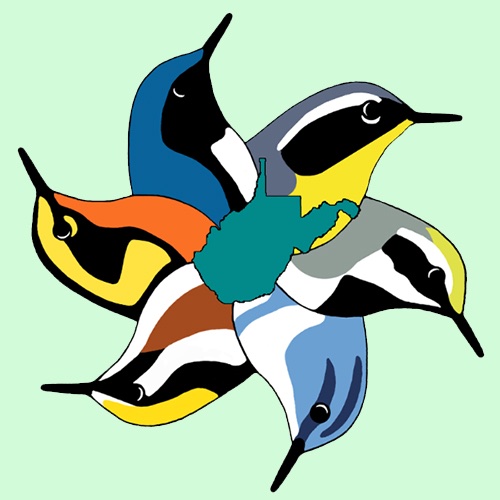 and banding at the
and banding at the 


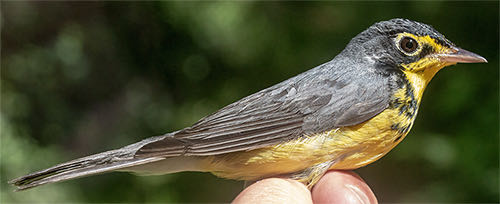
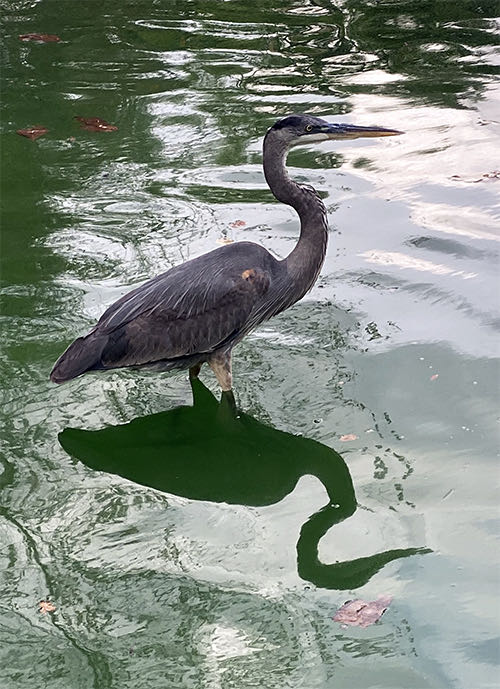

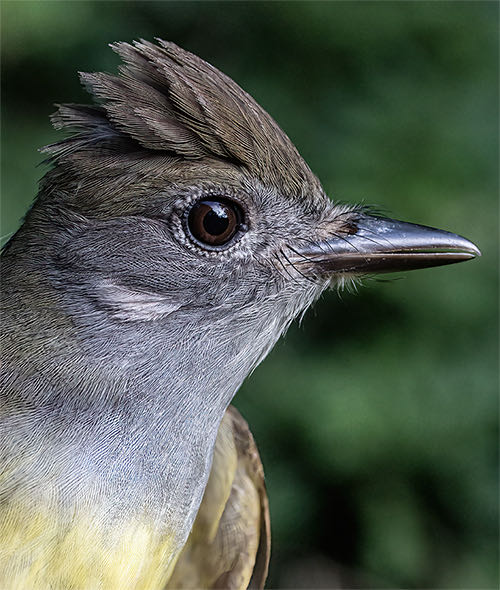
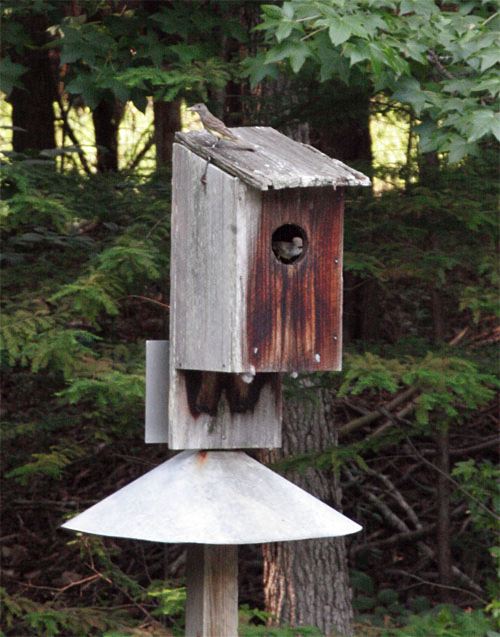
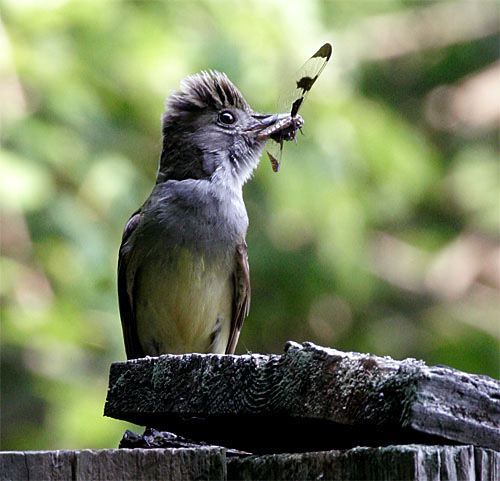


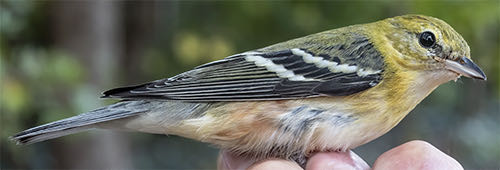


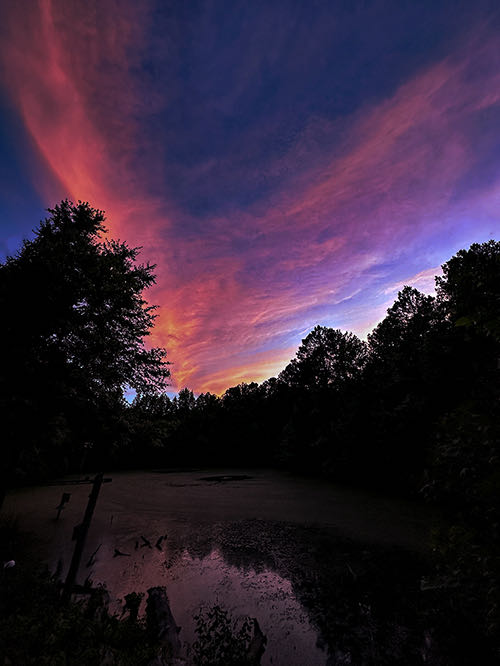









 Please report your spring, summer &
Please report your spring, summer &